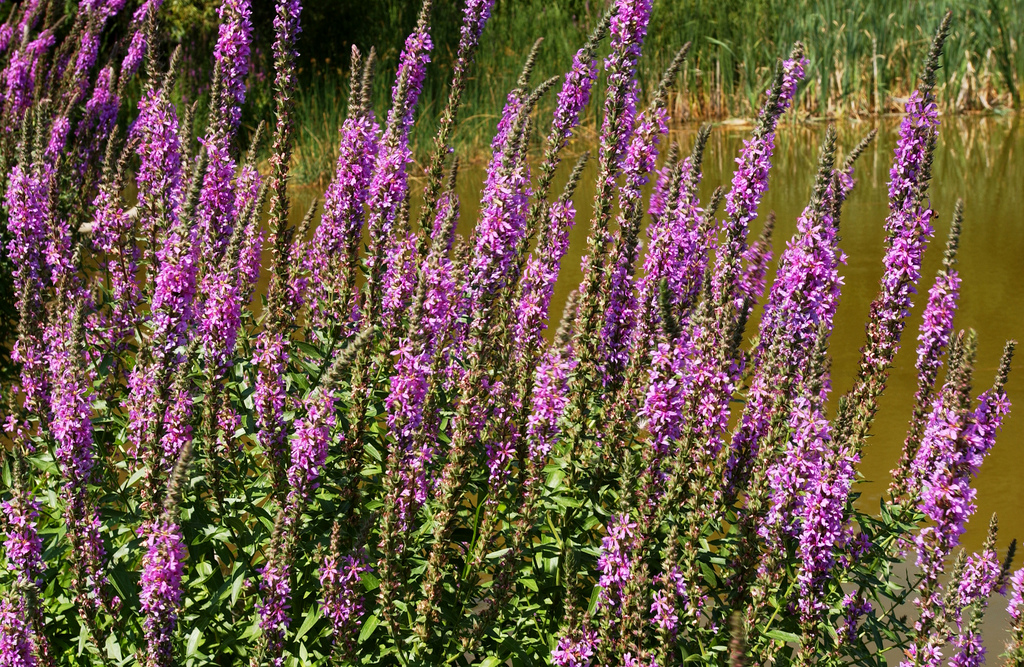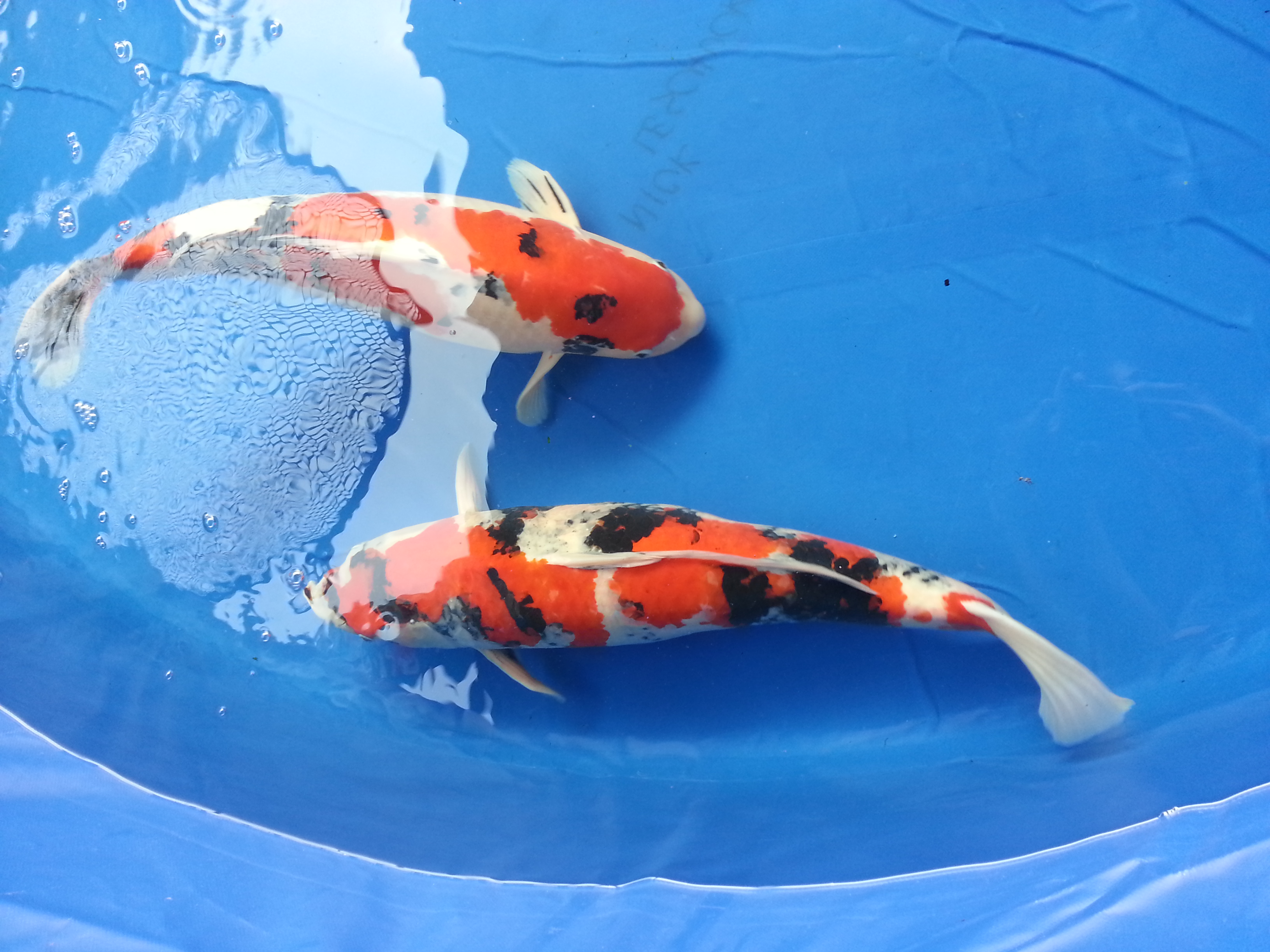As the popularity of water gardens and koi ponds continues to grow, so do concerns about their commonly-used plants, fish, snails, turtles and other organisms that are known to be invasive in some regions. Many of these invaders have already spread to new habitats after being intentionally released or accidently washed into nearby waterways during flooding. They can also hitch a ride on the wind or be carried by wildlife. Even draining a pond into a nearby waterway can unintentionally spread seeds, eggs, viruses, bacteria and plant parts. There is also some concern that the soil from purchased plants—and even the plants themselves—could be contaminated with invasive species.
Case in point: Purple loosestrife

With its upright stems and bright pink flowers, purple loosestrife (Lythrum salicariaI) has been a popular ornamental plant since the early 1800s. This European native is now found in shallow waters and pasture lands in every continental U.S. state except Florida. Purple loosestrife chokes out native plants and changes nutrient cycling in wetlands, which in turn reduce habitat and forage areas for waterfowl and other wildlife. Because it reproduces so rapidly, purple loosestrife is almost impossible to eradicate. This invader costs the U.S. roughly $48 million a year in control efforts and economic losses to agriculture and recreation.
Case in point: Koi

Brought over from Asia, koi (Cyprinus carpio) are a popular ornamental fish. Like their common carp cousins, koi are bottom feeders that uproot plants and kick up sediment while hunting for food. This lowers water quality and destroys nursery areas used by native fishes. The cloudy water created by koi also makes it difficult for some sight-oriented predators to find food.
Resources
Mullhollem, J. 2013. Popularity of water gardening poses invasive species threat. Penn State News.